



SELECTED
ISSUE
|
|
Leisure Management - Living well: Europe

Wellness

|
|
| Living well: Europe
|

With more than 60 wellness community projects in the pipeline and a rich spa history to pull from, Europe – like much of the world – is poised to see a growth in wellness real estate. Jane Kitchen looks at some of the most interesting projects in the works
Jane Kitchen, Spa Business
|

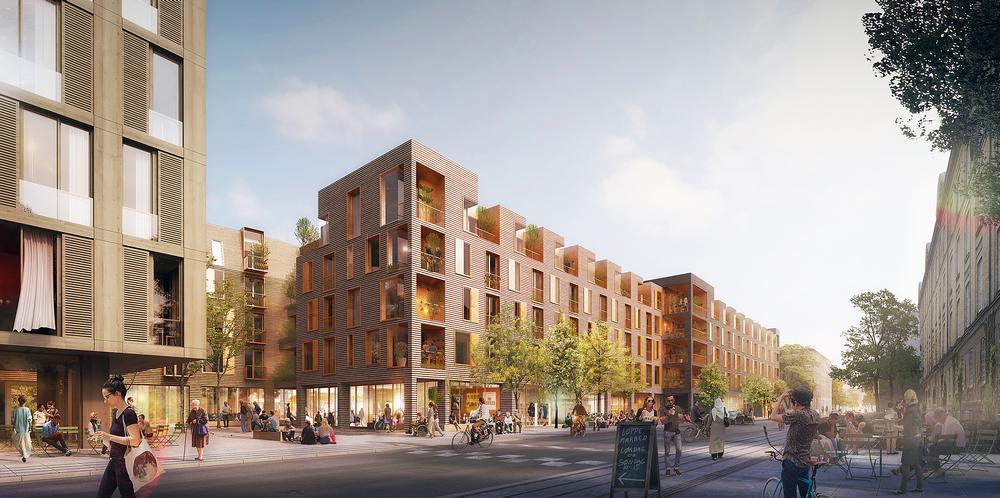
C.F. Møller and Tredje Natur are designing the Future Solund in Copenhagen with architecture to support residents’ wellbeing

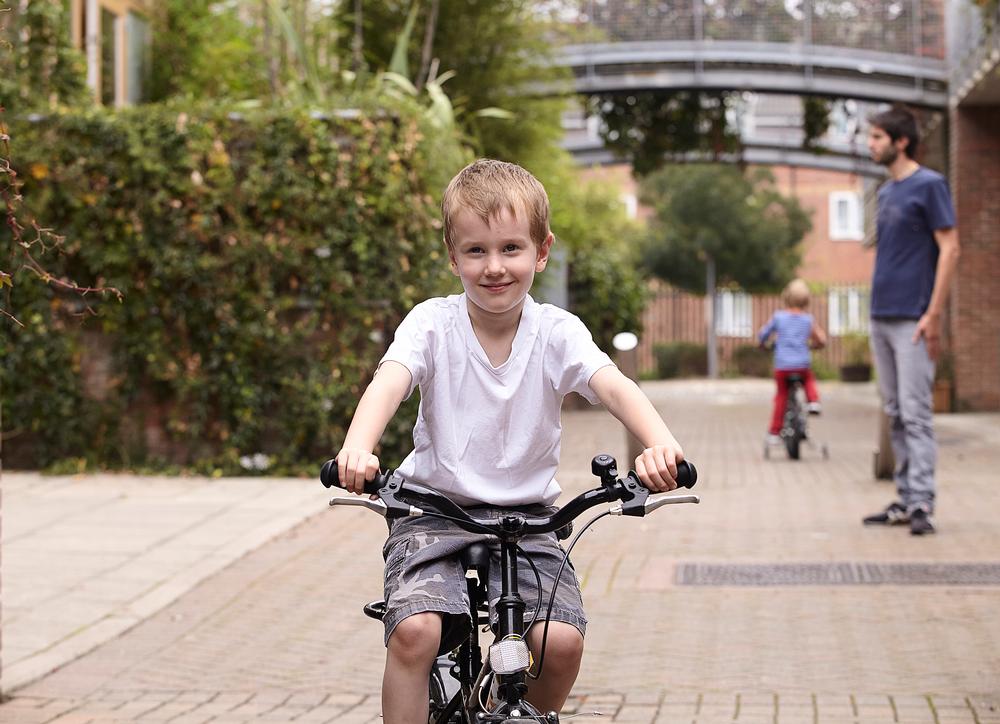
BedZED in Sutton is billed as the UK’s first large-scale eco village. It has been designed to encourage cycling and walking
|
|
|
The Global Wellness Institute has pegged wellness real estate – defined as “homes or buildings proactively designed and built to support the holistic health of their residents” – to be a US$134bn sector that’s growing at a rate of 6 per cent a year, and predicts that it will jump to US$180bn by 2022. In January 2018, the GWI released the first-ever dedicated research report on the subject, which estimates that there are more than 600 projects across the globe, many of which are still in development. In Europe, the GWI estimated the value of the market to be US$32bn, with a growth rate of 4.5 per cent between 2015 and 2017, and more than 60 projects in the pipeline.
Existing models
South London’s BedZED, a large-scale, mixed-use sustainable community, has been a model for low-carbon, environmentally friendly housing for 15 years. Completed in 2001 by the Peabody Trust in partnership with Bioregional and designed by Bill Dunster Architects, it’s also a showcase for how removing car parks and increasing opportunities to walk and bike can not only help residents be healthier, but can also foster socialisation and reduce consumption. “Our biggest takeaway is that simple strategies work better than complex ones,” says Ben Gill, technical manager for Bioregional. “Our biggest success has been in showing that a more sustainable way of living can be a better way of living.”
Gill reports that two-thirds of residents at BedZED say they’ve been influenced to change their behaviour about cycling and eating, and BedZED also ticks the wellness community boxes when it comes to social connections; residents know on average more than 20 neighbours by name – compared with a national average of eight. All this translates on some level to a place people are willing to pay a premium to live; at BedZED, homes resell for up to 20 per cent more than the local average.
Historical European model
Many areas of Europe have a long tradition of health and wellness being integrated into daily life, from historic spa towns, to the government-funded Soviet-era sanatoriums, to thalassotherapy centres in France. Throughout many European countries, cities with spas or thermal mineral waters at their hearts are often given special designations or names – ’terme’ in Italy, Lázně in the Czech Republic, and, of course ‘spa’ in England – and have a long history of visitors “taking the waters” for their health. The GWI notes that there is potential for these towns to reposition themselves as centres of healthy living, riding the coattails of the wellness community movement.
Today, most of the wellness communities in Europe focus on sustainable living, healthy urban development, and cohousing. But with ‘American-style, auto-centric sprawl’ on the rise over the last decade, along with growing concerns about chronic disease, loneliness and unhealthy lifestyles, the GWI predicts that wellness communities will continue to grow in Europe.
Here, we take a look at some of the most interesting wellness communities currently under development in Europe.
|
The Future Sølund
Copenhagen, Denmark
Opening: 2022
Architects: C.F. Møller and Tredje Natur
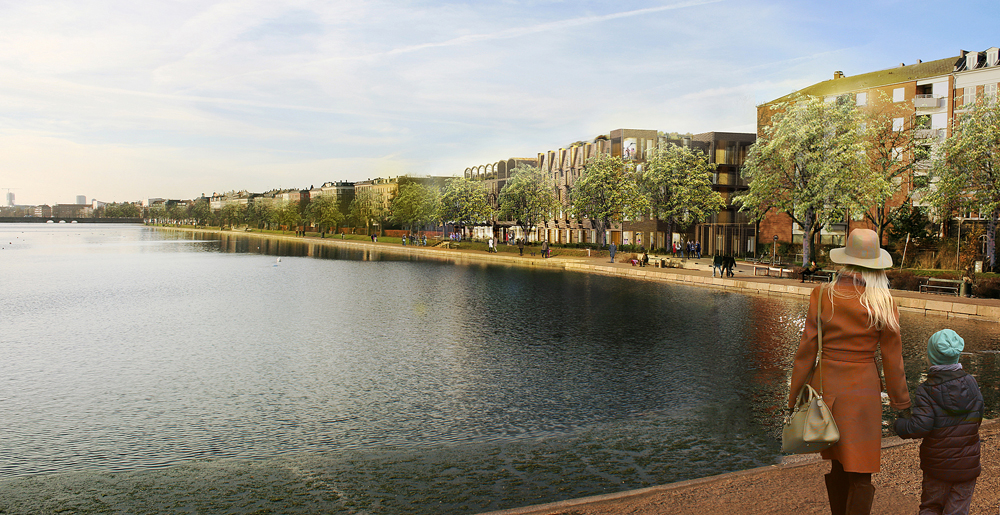
The project will feature a range of wellness facilities, a library, cafe and communal outdoor spaces for theatre and music performances Architects C.F. Møller and Tredje Natur are working on a residential project in Copenhagen, The Future Sølund, designed as a nature-integrated care centre. It will include a nursing home and elder home alongside youth apartments and a daycare centre. Comprising 37,000sq m of buildings and 6,800sq m of rooftop gardens, The Future Sølund is being built at a cost of 1.1bn krone and is scheduled to be completed in 2022.
“We are applying new standards for daycare housing, youth apartments, daycare centre and senior housing communities,” says Vibeke Gravlund, project manager of KAB, the housing development company behind the project. “We want to do more than just that. Our ambition is designing housing where generations can coexist and thrive side by side.”
"Our ambition is designing
housing where generations can
coexist and thrive side by side"
Located on the waterfront, Sølund takes its inspiration from the classic Danish city block, and consists of three primary inner yards: Generation Square, Friend Court and Forest Patch.
Generation Square will have a common area with a multi-functional area, library, wellness centre, and cafe, and is designed as a space where people can wander, and where young and old can meet spontaneously. There is also an area for activities requiring larger space, such as outdoor music, theatre and dance recitals.
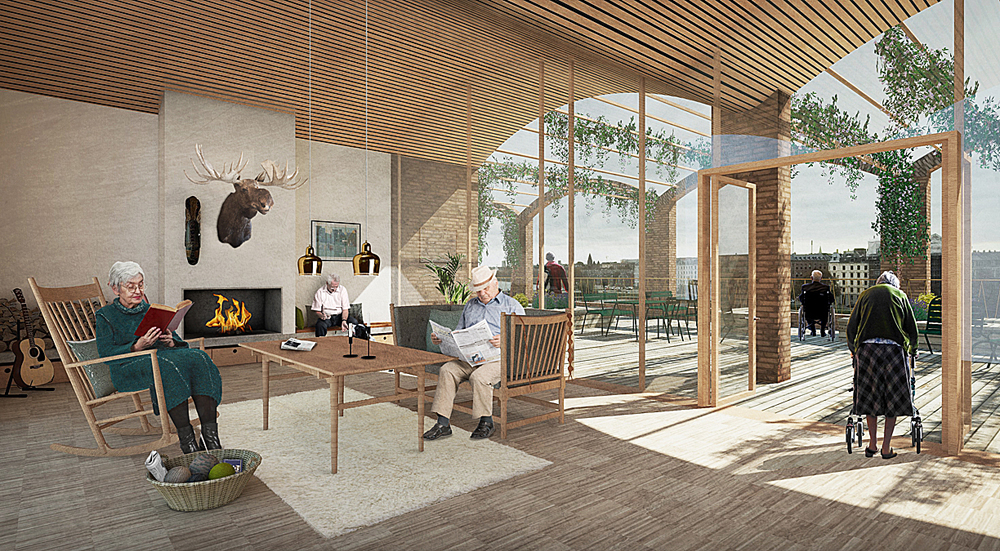
The project aims to create a new type of space for all ages
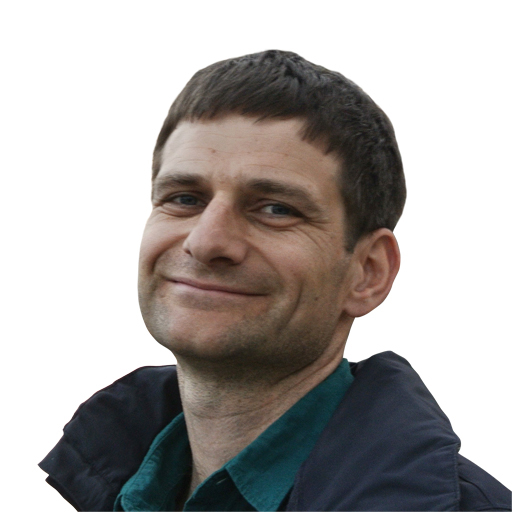
Ben Gill "Our biggest success has been
in showing that a more
sustainable way of living can
be a better way of living"
Kemeri Park
Jurmula, Latvia
Opening: 2020
Architect: Martins Hermansons
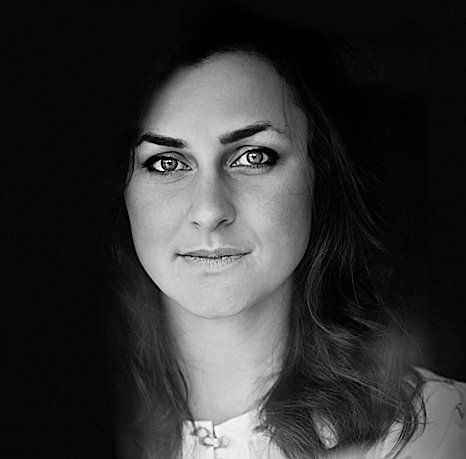
Alla Sokolova, CEO, Inbalans Group Latvian wellness consultancy Inbalans Group is working together with Moscow-based international development company Griffin Partners and Jurmula City Council to develop a substantial wellness community in Latvia’s Kemeri National Park.
The wellness community, located just west of the capital of Riga, will include a five-star heritage wellness hotel. The hotel – which is being created in a historic 1936 health resort building that was originally built by Riga architect Eižens Laube as a symbol of Latvia’s first independence – will include a 1,500sq m (16,146sq ft) spa and is due to open in 2020. Riga-based architect Martins Hermansons is heading up the restoration of the Art Nouveau building. The community will also include a wellness clinic comprised of multiple historic buildings with a focus on balneotherapy treatments, which is due to open in 2022.
The local population includes about 2,000 people, and a public/private investment plan between the Jurmula City Council and Griffin Partners has been set up to revitalise the existing community, adding in activities and infrastructure to promote health and wellbeing and community living, redeveloping existing houses and, down the line, a vision to build a school, sports ground and a new, modern residential wellness facility.
Bicycle and walking routes will also be developed through the community and the park, and the city infrastructure will be developed using evidence-based principles of creating healthy communities.
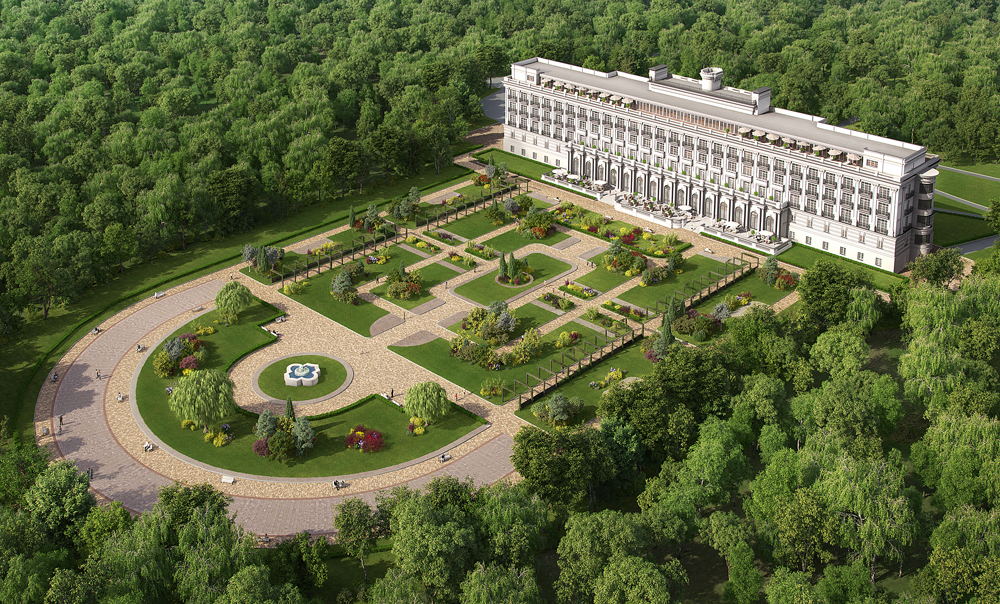
The hotel is being built within a historic health resort originally designed by Baltic German architect Eizens Laube
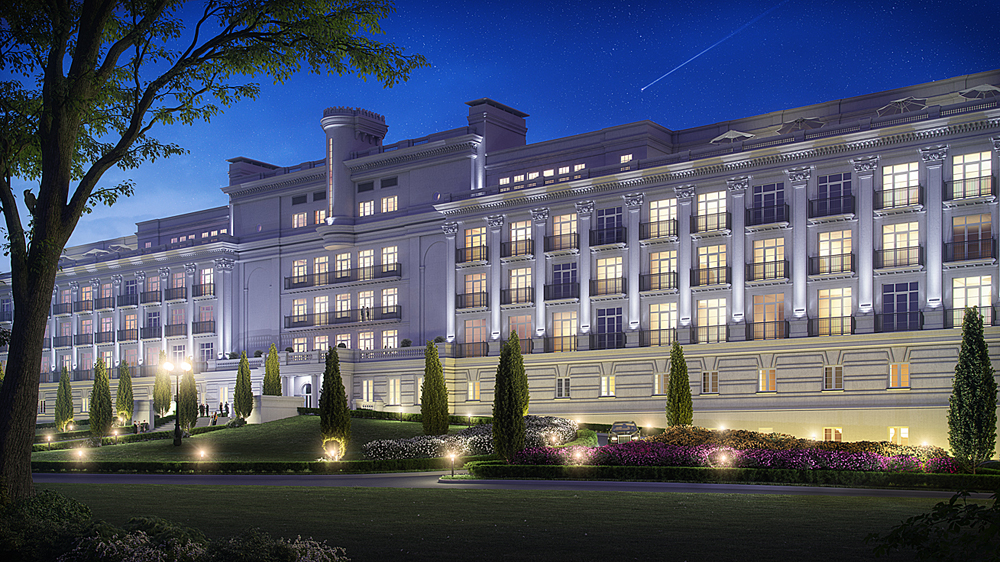
The park was created in the mid 19th century
ReGen Village
The Netherlands
Opening: 2019
Architect: EFFEKT Architects
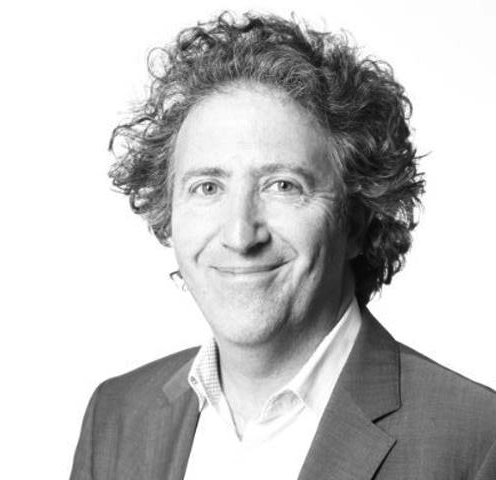
James Ehrlich ReGen Villages is a tech-integrated real estate development company that’s creating a new kind of wellness community – a regenerative model for eco-communities with self-sustaining energy and food. The first pilot community is being developed in Almere, The Netherlands, with 300 homes, and other developments are also being considered in Sweden, Denmark, Norway, Germany and Belgium. The company is raising a significant amount of funding from sovereign wealth funds looking to divest from fossil fuels, and then partners with national and local municipalities to develop the community.
"We want to make it easy,
convenient and accessible
to choose a sustainable
lifestyle off the grid"
The idea for the communities is to address the challenges of a growing population, increasing urbanisation, scarcity of resources and the growing global food crisis – as well as reducing global CO2 emissions and reducing burdens on municipal and national governments. The founders also want to create a sense of community, reconnect people with nature and restore biodiversity to the surrounding landscapes.
“We like to think of ReGen as the Tesla of ecovillages,” says founder James Ehrlich. “We want to make it easy, convenient and accessible to choose a sustainable lifestyle off the grid.”
A community centre will include a pizza kitchen and space for yoga, meditation and other kinds of wellness activities, and Erlich says there could eventually be opportunities for spas and other local businesses to be part of the community.
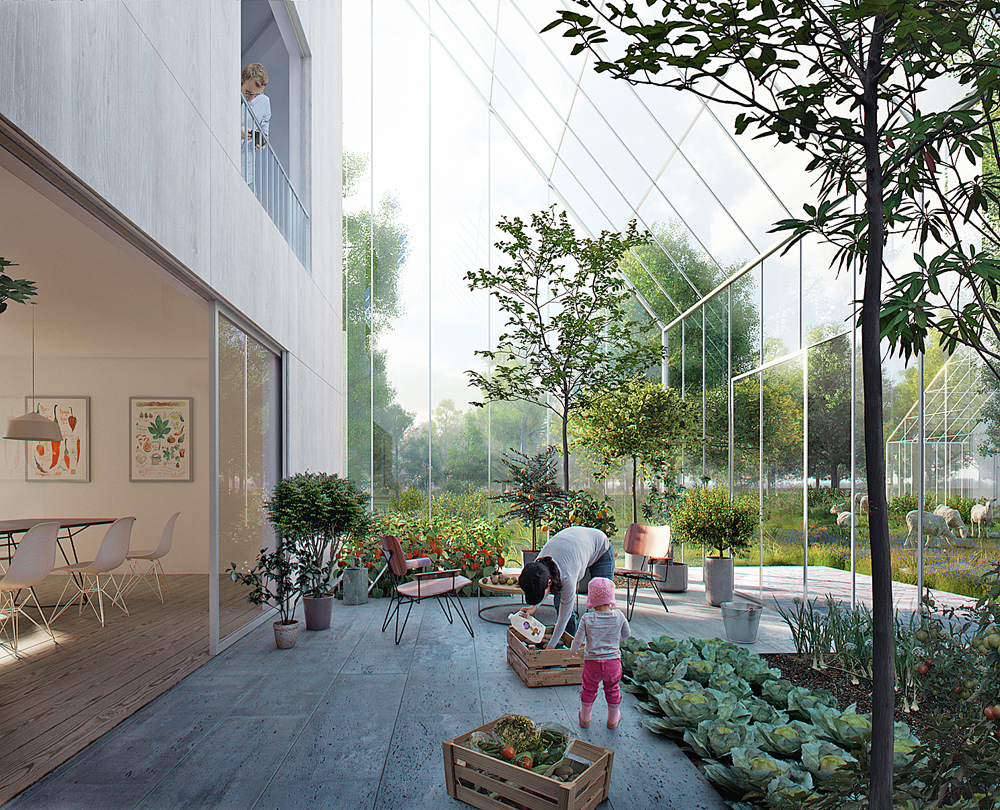
The first village is set to open this year Image: EFFEKT Architects
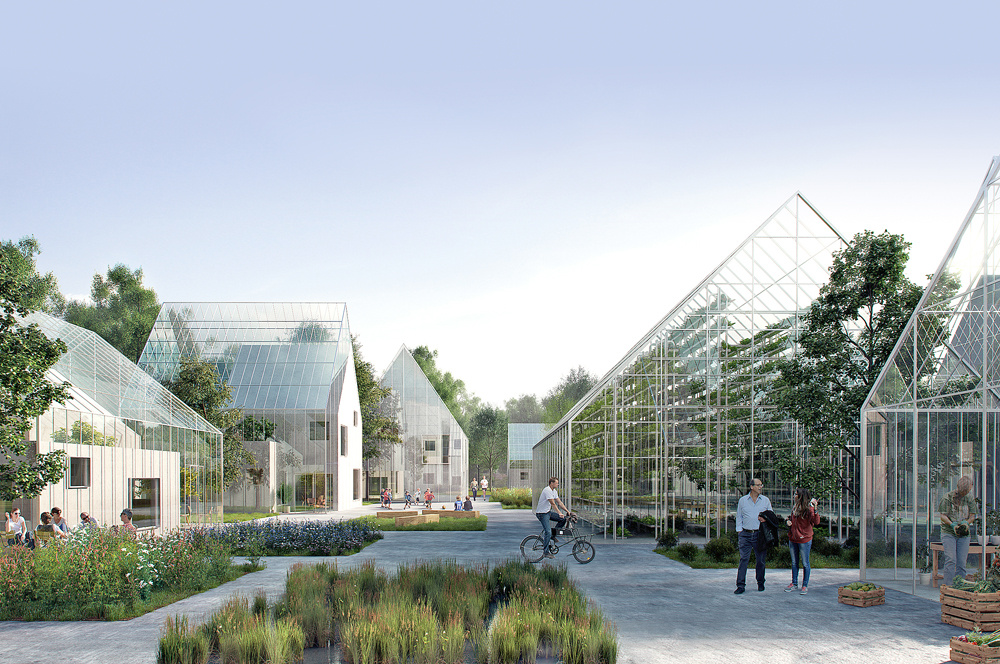 Image: EFFEKT Architects Image: EFFEKT Architects
Llanelli Wellness and Life Science Village
Carmarthenshire, Wales
Opening: 2021-2023
Architect: David Morley Architects
The Welsh government is funding a masterplan for a £200m wellness village in South Wales, the Llanelli Wellness and Life Science Village, which is expected to create close to 2,000 jobs and give the local economy a £467m boost.
As well as an Institute of Life Science, a Community Health Hub facility at the Village is set to include a Wellness Education Centre and a Clinical Delivery Centre. A state-of-the-art leisure centre, assisted living accommodation and a wellness hotel are also planned, along with landscaped outdoor spaces for walking and cycling, a children’s play area, and spaces for outdoor performing arts.
Supported by the Hywel Dda and Abertawe Bro Morgannwg University Health Boards, the Village is due to be part-funded by the £1.3bn Swansea Bay City Deal – a major investment in 11 transformational projects across South West Wales. The UK government has also added the project to its multi-billion pound High Potential Opportunities scheme, which is designed to fast-track investment into regions and sectors of the economy.
The Wellness Hub and Community Health Hub elements of the Village are anticipated to be operational in 2021, with overall project completion earmarked for 2023.
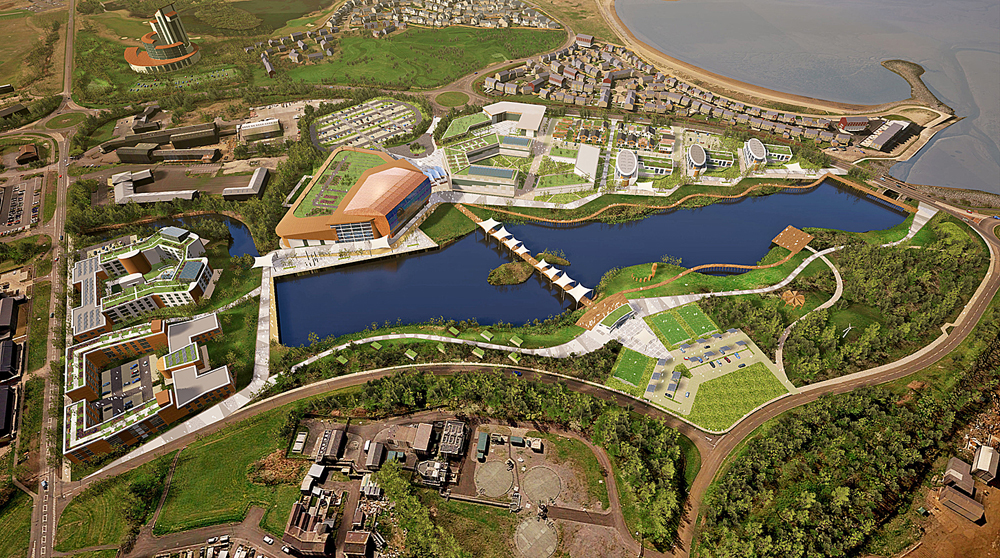
The Village will feature a
wellness hub, a community health hub and a life science centre
GOCO Retreat Kaiserhof Rügen
Rügen, Germany
Opening: unknown
Architect: Frank Architectural Design
Spa and wellness consultancy and management company GOCO Hospitality has plans to develop a GOCO Retreat on the German island of Rügen, located on the Baltic Sea coast and known for its sandy beaches, quiet lagoons and dramatic peninsulas. Subject to planning permission, the GOCO Retreat Kaiserhof Rügen will be located on a hill in the southeastern part of the island, on a site originally owned by the Prussian statesman Otto von Bismarck.
Designed by Berlin-based Frank Architectural Design, the mixed-use wellness development will include a 50-bedroom wellness retreat and 54 wellness condominiums, and will offer views over the famous Sellin Pier and the Baltic Sea. The 3,544sq m (38,147sq ft) on-site wellness centre will include 42 treatment rooms, heat and water experiences, a medispa, gym, mind and body studio, health restaurant, tea lounge, library and meeting and learning spaces.
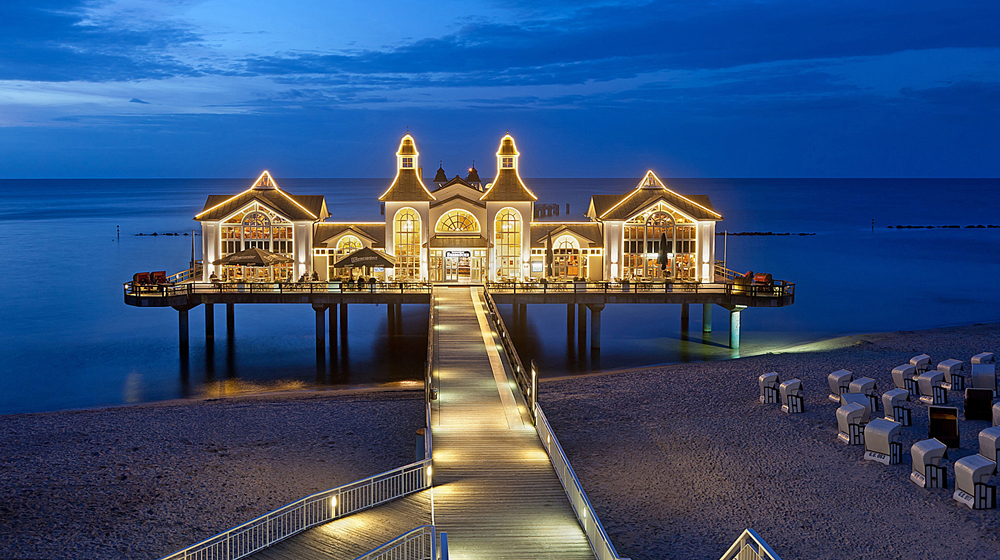
The architecture is by Frank Architectural Design
|
|
 |
| Originally published in CLADmag 2019 issue 1
|
|
 |
|
